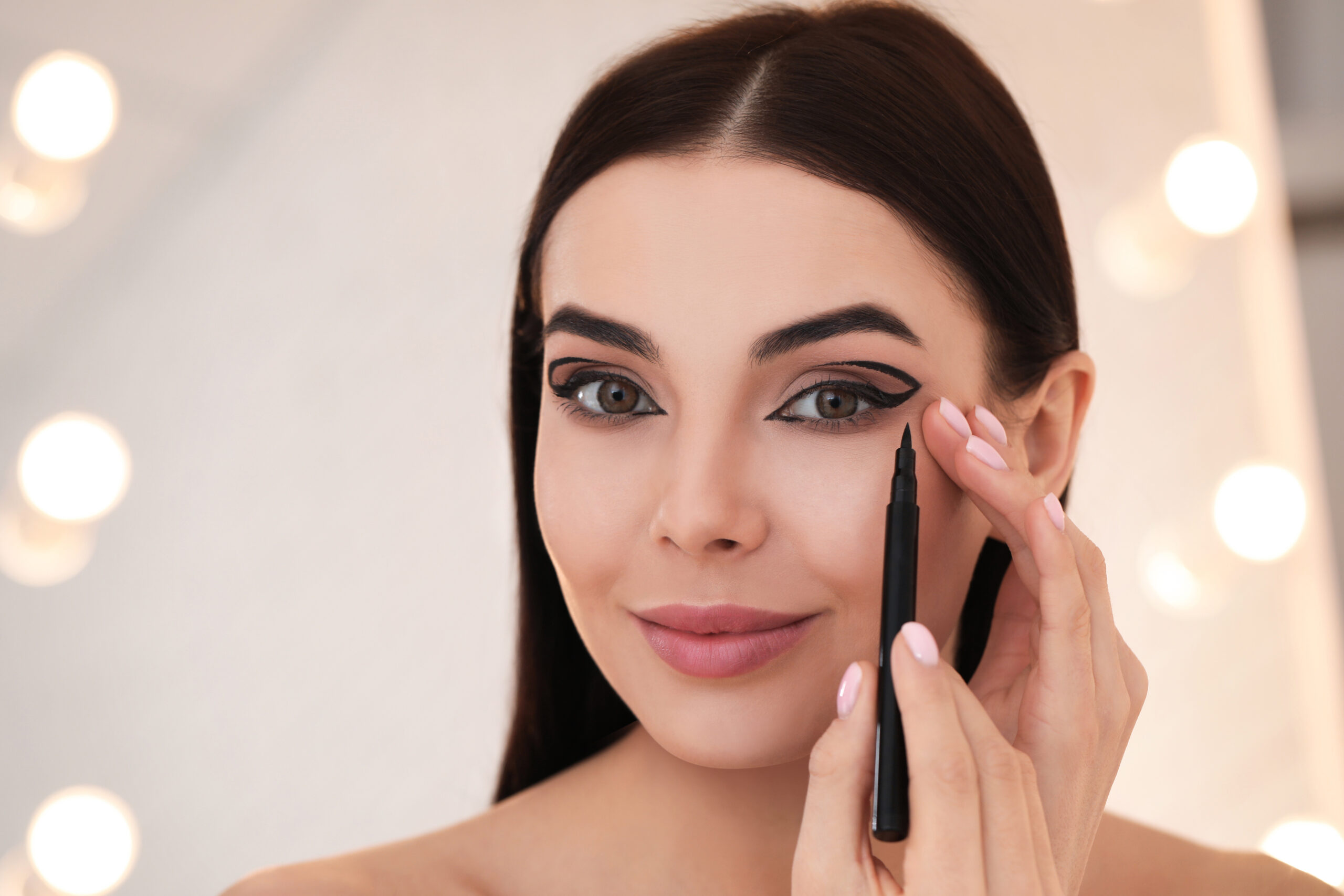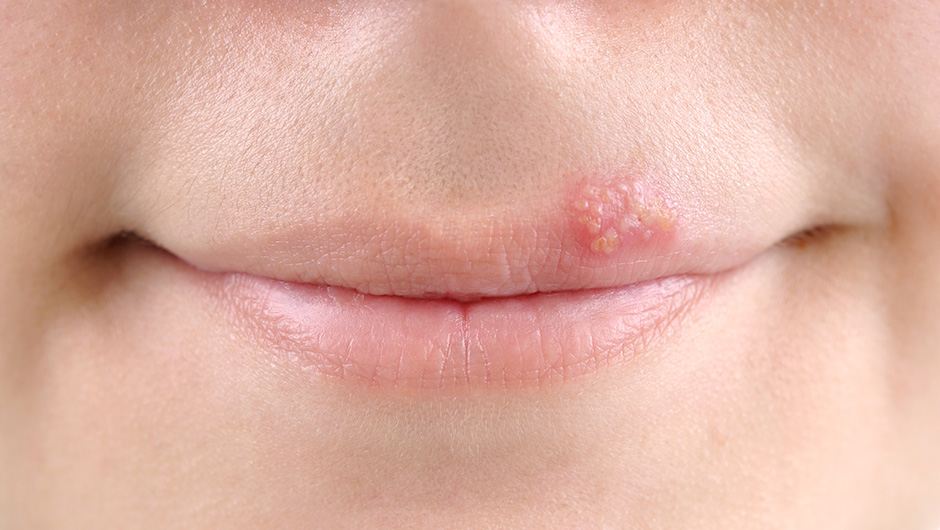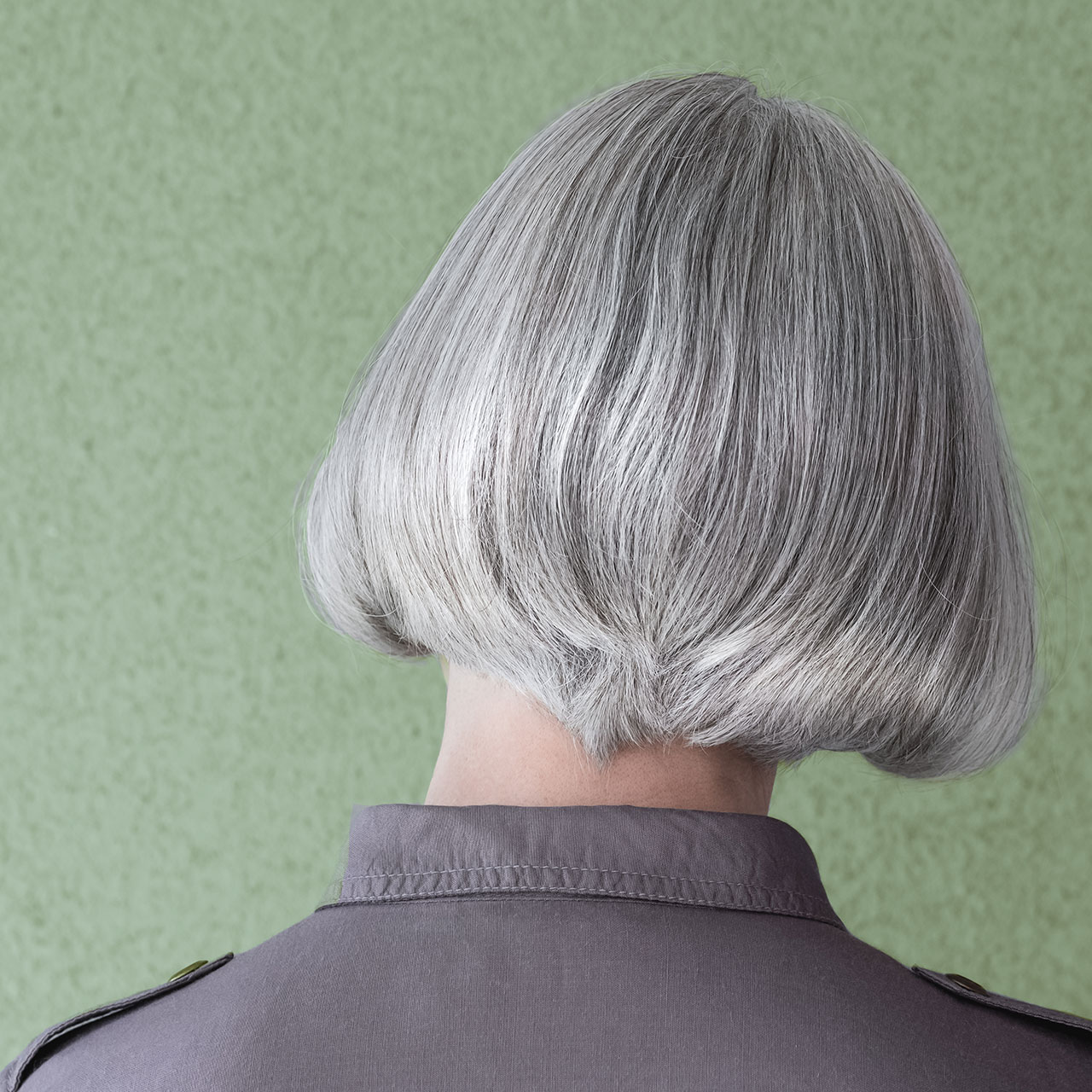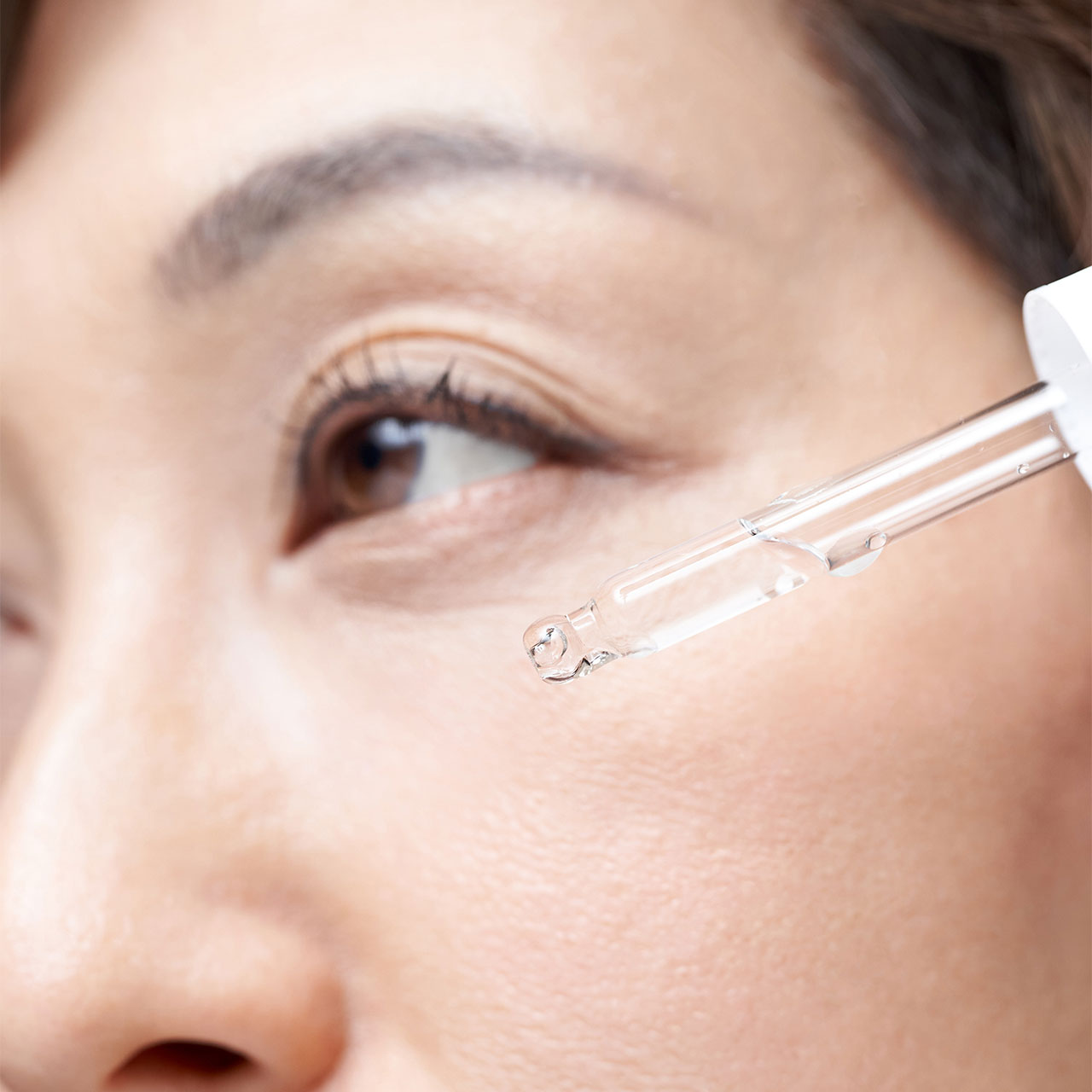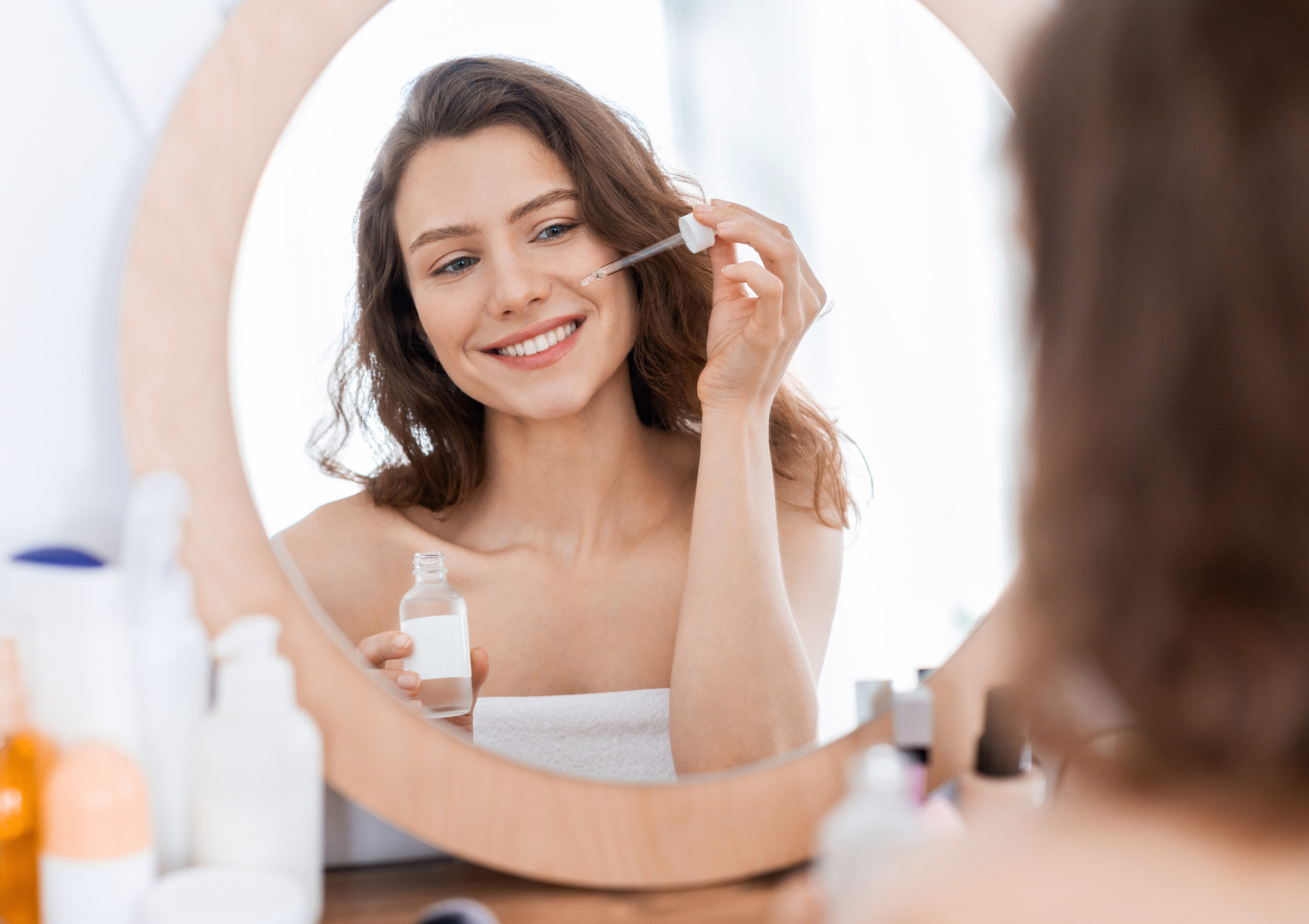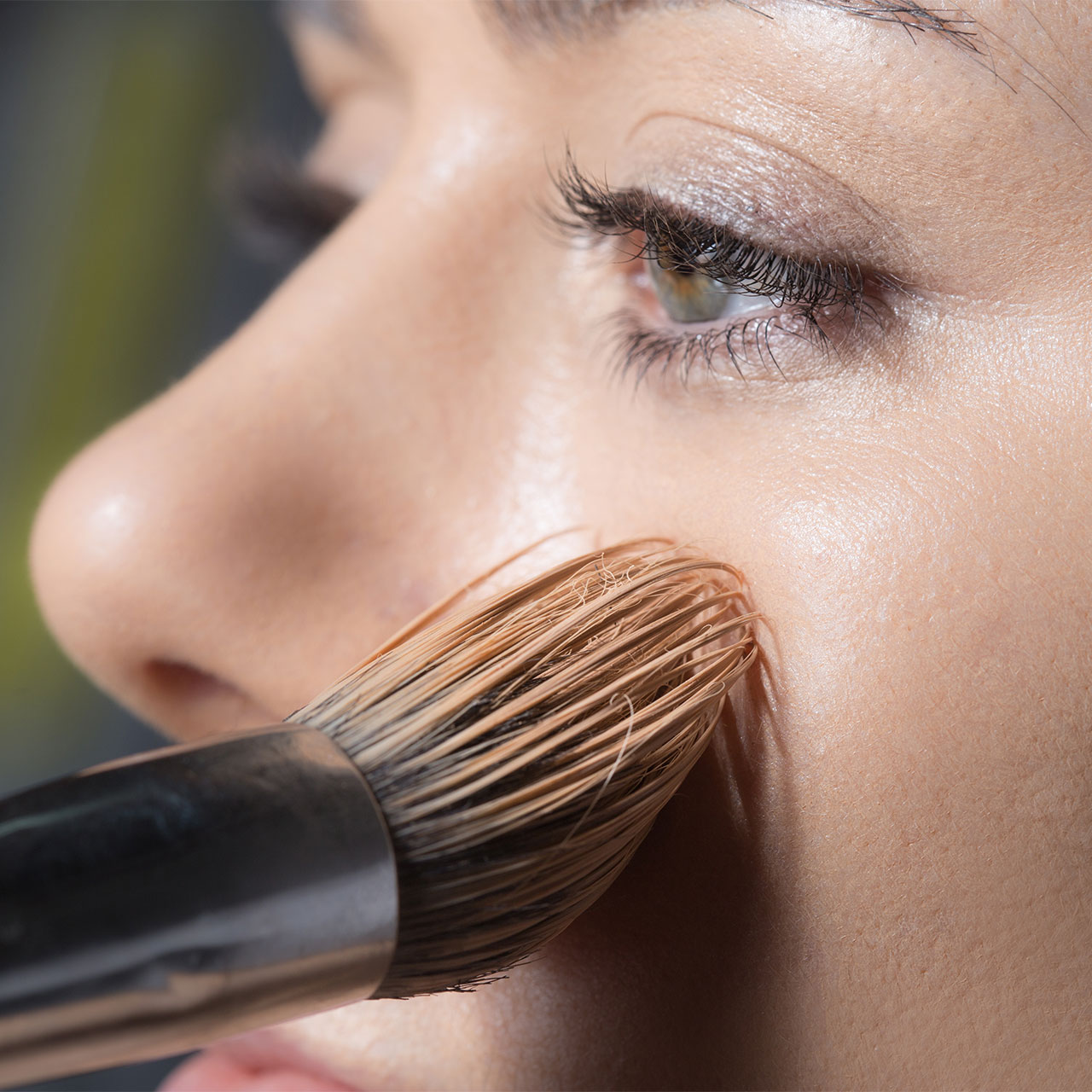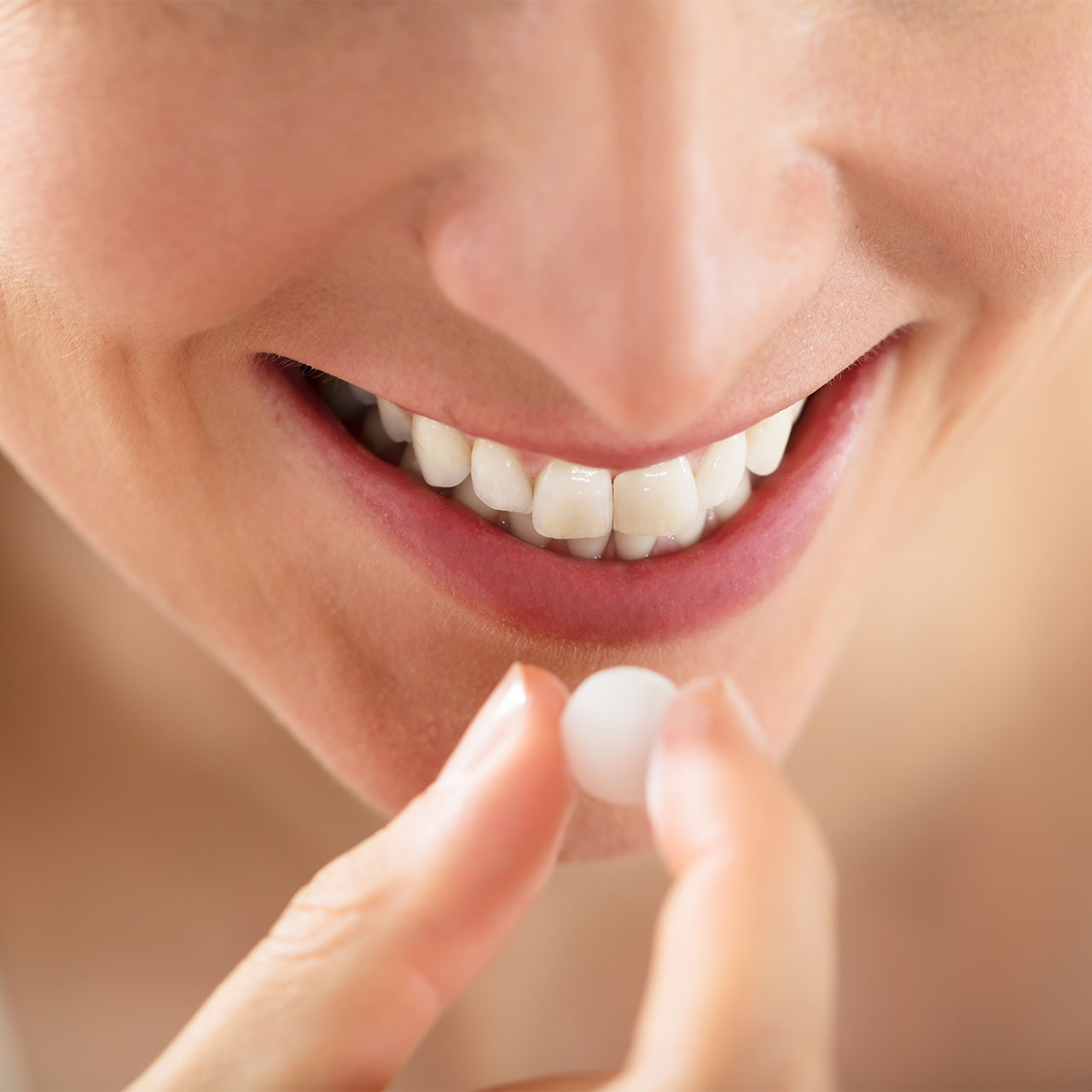This is an archived article and the information in the story may be outdated. Please check the time stamp on the story to see when it was updated last.

A cold sore is a painful red blister that seems to come out of nowhere around the lip area and is caused by herpes simplex virus type 1. Cold sores are extremely common, spread easily, and can be brought on by stress, a cold, or fever. Even though there is no cure for them, there are ways to treat them that can reduce the length of time they stick around and wreak havoc on your lips — but many of us are making one big mistake when it comes to treating cold sores.
The biggest error we’re making: we’re waiting too long to address the problem. And then, when a fever blister appears and is so big we panic at the sight of it, we attack the sore with topical creams that aren’t clinically proven to work very well.
“Many people have a prodrome period immediately before the sore develops,” says Dr. Tsippora Shainhouse, a Beverly Hills dermatologist. “You can feel pain, itch, tingling up to one day prior to the sore developing. It is associated with viral replication and nerve irritation. This is the time to treat with oral medications to PREVENT the sore from developing. If you can catch it early, you can hopefully prevent the blisters, or at least reduce the severity and duration of the episode.”
Unfortunately, topical treatments marketed specifically for cold sores may not be as effective as you think.
“Topical over the counter cream (Abreva and docosanol creams) has not shown significant efficacy in medical studies,” Shainhouse says. “One study suggests that it may reduce the total time of the cold sore episode by 18 hours.”
A better way to treat cold sores is to use a prescription topical medication such as a Penciclovir cream or an oral medication such as Valtrex (Valacyclovir), says Dr. Debra Jaliman, a board-certified dermatologist, author, and founder of the Sea Radiance skincare line. These creams can be applied as soon as you feel a cold sore coming on. Continue using them throughout the duration of your cold sore breakout and you should notice a difference in how much sooner the sore heals.
Drying Agents (Domeboro solution, calamine lotion, zinc oxide, witch hazel) can be applied a few times a day to help dry up the weeping blister fluid, Shainhouse says.
And, while you wait impatiently for your cold sore to heal, Jaliman recommends following these five tips, which will promote healing and reduce the amount of pain and discomfort you feel.
1. Avoid foods that contain acids such as tomatoes and pineapples, which will burn a cold sore and cause discomfort.
2. Wear a lip balm with an SPF of 30–the sun will make the cold sore worse.
3. Make certain to throw out any lipsticks that you use because the virus will live inside the lipstick and you will recontaminate yourself.
4. If you are in pain, you can take Ibuprofen or Acetaminophen to reduce the pain.
5. Make sure not to share any cups, towels, or objects that may have come in contact with your cold sore, as it is very contagious. Stay away from kissing, as that is very contagious and will also spread the virus.
For more skincare tips, check out Once and for all, are makeup counter makeovers bad for your skin? and 7 Skincare mistakes that are aging you.
Follow me at @lisacfogarty on Twitter.




